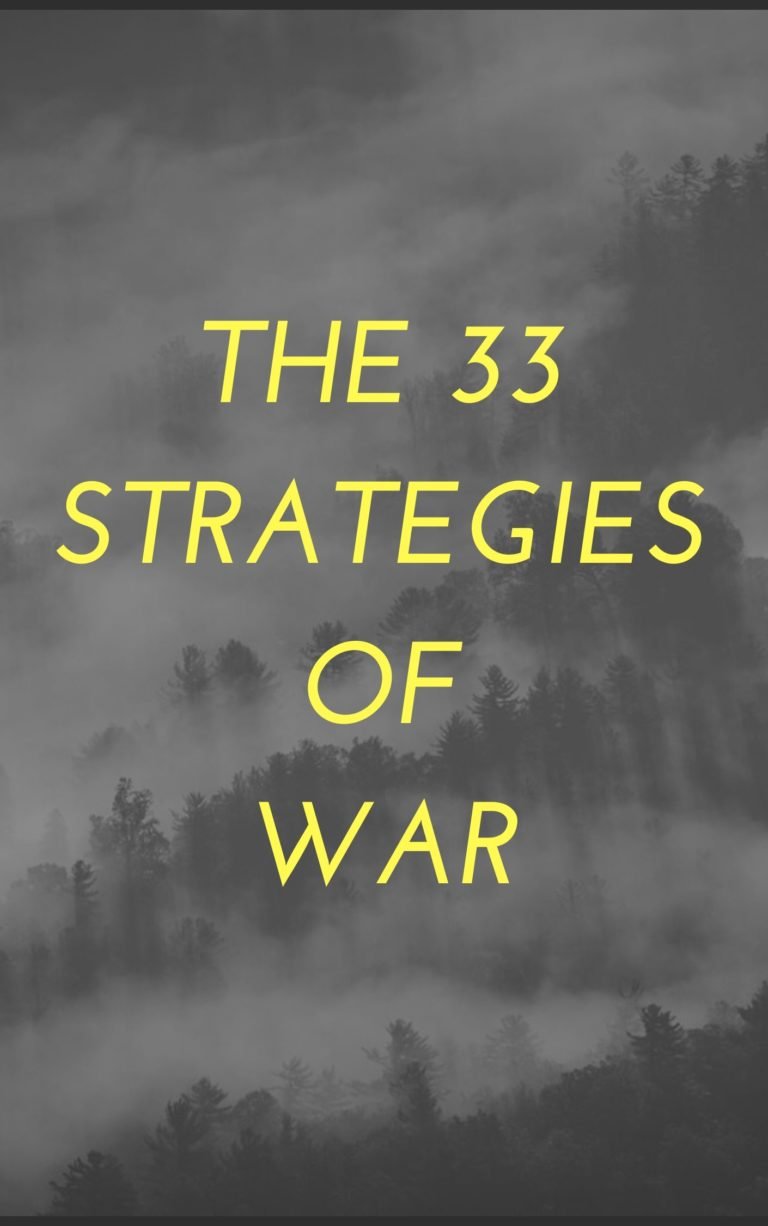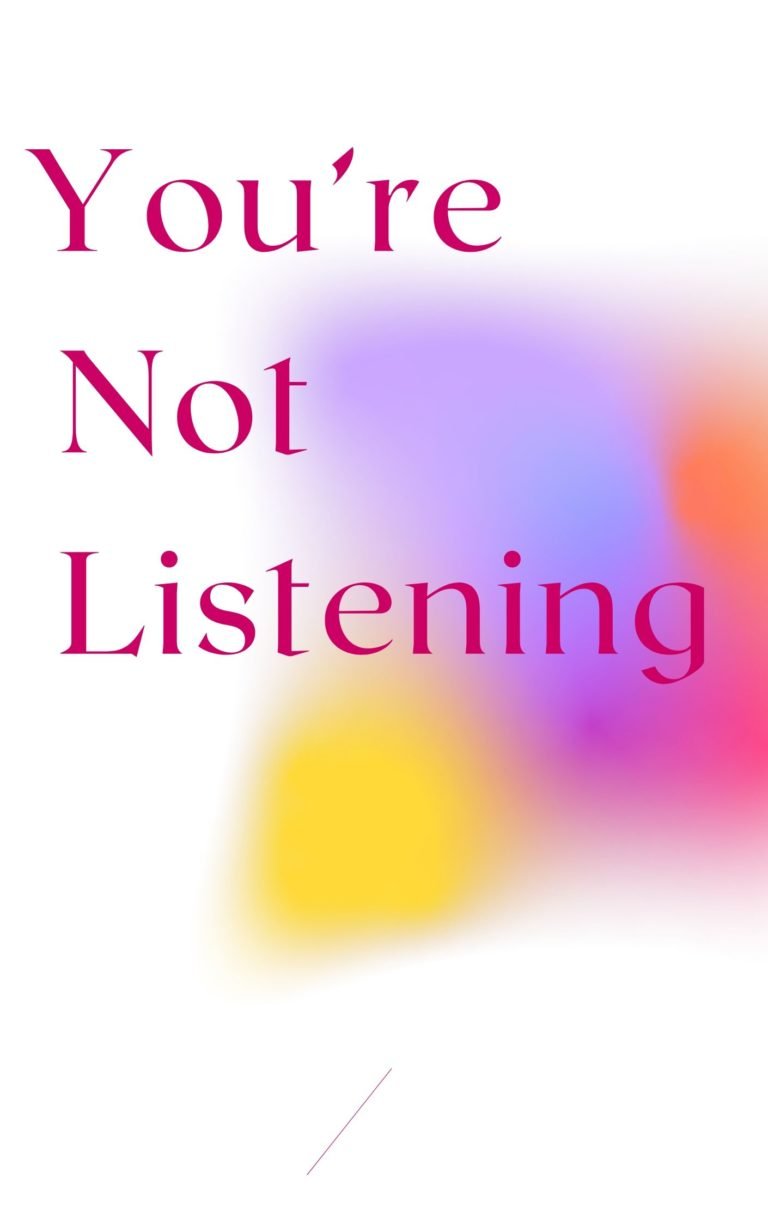Built to Last – Book Summary
Successful Habits of Visionary Companies
Jim Collins
Rating: 8.0
“One of the most eye-opening business studies since In Search of Excellence.”
— Kevin Maney, USA Today
Not a business book, but a book about building long-lasting human-centric institutions with soul and purpose. Built to Last provides an in-depth overview of the best practices used by exceptional companies, most of them established more than 100 years ago – some of these are P&G, Sony, and Disney. The award-winning authors discuss the core values of these organizations and how they’ve managed to survive and thrive for so long.
Contents
Clock Building, Not Time Telling
Say that you’re a great carpenter. You somehow learned to transform a block of wood into a beautiful sculpture. And while there’s nothing wrong with that, your efforts can be defined as “time telling.” You can create a masterpiece, yes, but after you’re gone your skills will perish with you. Instead of simply telling the time, you can create a system – built a clock – that can tell the time forever. A simple example, in this case, will be to create a course and teach others your practices, values, and principles.
“…it is better to understand who you are than where you are going—for where you are going will almost certainly change.”
― Built to Last- Jim Collins, Book Summary by Make Me Read
That’s how premium institutions – the ones that are older than our grannies – endure. They build clocks, systems, they create an ideology, a premium standard that serves as a guiding force to the folks who’ll inherit the organization. That’s the most important thing for visionary companies. It is not their product, it’s the organization itself. What they stand for and why they exist. But that’s rarely how folks these days approach things. They invest all of their capital to ship a single product. They neglect the desires of their employees and are careless about the working conditions. They focus on money and telling time once.
But in the current world, where everything changes super-fast, what you’ve created will most probably become obsolete after a year or two. Meaning? You need to spend more time building a clock that will last, not simply telling the time once. You need to create a strong organization with meaningful values and systems in place. Otherwise, you will surely disappear.

Everything Should Change Despite the Core Ideology
Everything in your organization will someday change: the products, the tactics, the strategy, employees, policies, systems, salaries, offices, even the CEO. However, if you’re interested in building a legendary firm that will stand the test of time you should never change your beliefs and your core values.
“The test of a first-rate intelligence is the ability to hold two opposed ideas in the mind at the same time, and still retain the ability to function.”
― Built to Last- Jim Collins, Book Summary by Make Me Read
Here are examples of the core ideologies of big companies mentioned in the book:
- “HP’s “Respect and concern for individual employees” is a permanent, unchanging part of its core ideology”
- “Wal-Mart’s “Exceed customer expectations” is a permanent, unchanging part of its core ideology”
- “Boeing’s “Being on the leading edge of aviation; being pioneers” is a permanent, unchanging part of its core ideology”
Consider your values as the main driving force of your business – the hearth of your business. You cannot function without a heart. So once you have a set of values, make sure everyone in the organization is aware and follows them. And how do you set your own core values?
Simple. Well, sort of.
It should be part inspirational part functional. It should encourage people to strive for better and also stimulate them to make progress. As an example, we can take a look at Sony’s ideology: “Our plan is to lead the market with new products, rather than ask them what kind of products they want… Instead of doing a lot of market research, we…refine a product…and try to create a market for it by educating and communicating with the public.” Whilst innovating is the practical part, the desire to be the best is the part that serves as inspiration. And this type of thinking will never be obsolete.
Create A Cult-Like Company
How Christianity, Buddhism, and Islam managed to survive for so long? How they’re still worshiped by millions of people?
By offering something no one can: salvation and afterlife. Whether you admit it or not, the most popular religions are like lightweight cults – or heavyweight depending on where you’re living. And that’s exactly what you need to do if you want to create a legendary organization – without the part where you convince others that suffering is a gateway to resurrection – create your own cult. Today’s biggest companies don’t just sell products, they build a cult following for their brand. And they do it not just by selling their vision and products to their customers, they also brainwash (in a good way) their employees.
“Visionary companies are so clear about what they stand for and what they’re trying to achieve that they simply don’t have room for those unwilling or unable to fit their exacting standards.”
― Built to Last- Jim Collins, Book Summary by Make Me Read
Thomas J. Watson said it best a long time ago: “If we believe that we’re working for just another company, then we’re going to be like another company. We have got to have a concept that IBM is special. Once you get that concept, it’s very easy to give the amount of drive to work toward making it continue to be true.” You need to instill a feeling of greatness in your employees.
They need to start believing that what they’re doing is helping humanity. By doing so, they’ll put all of their heart and soul into the process. This dedication will undoubtfully help you acquire more customers and also allow you to form lasting relationships with both your workers and your customers.
“One of the most important steps you can take in building a visionary company is not an action, but a shift in perspective.”
― Built to Last- Jim Collins, Book Summary by Make Me Read
And how do you create your own cult? Once again, you’ll need a core ideology, internal rules, and fanatic attention to detail.
Continuous Improvement
There’s a reason perfectionists struggle to ship products – there’s always something that can be improved. But paradoxically, if you never publish anything, you’ll never be in business. So, if you want to be successful, and more importantly, to stay successful, you need to accept the fact that you can always do better. This includes both creating and shipping something even if it has some flaws and also the ability to accept feedback from clients when you think your product is impeccable. The last is a hard pill to swallow for a lot of people.
“Discipline is the greatest thing in the world. Where there is no discipline, there is no character. And without character, there is no progress.”
― Built to Last- Jim Collins, Book Summary by Make Me Read
A lot of owners create products and think it’s the ultimate creation. “If someone doesn’t like it, he’s stupid,” they say. But that, of course, is the wrong way to look at things. Creating a visionary company is all about continuous improvement. As the authors say, “Good old fashioned hard work, dedication to improvement, and continually building for the future will take you a long way.” Yes, unfortunately, there’s no magic pill. No bizarre-sounding tactic that can help you crush your competition with one blow. Not satisfactory, I know.
“Comfort is not the objective in a visionary company. Indeed, visionary companies install powerful mechanisms to create /dis/comfort–to obliterate complacency–and thereby stimulate change and improvement /before/ the external world demands it.”
― Built to Last- Jim Collins, Book Summary by Make Me Read
After all, working hard every day, even during difficult times is not for everyone. But that’s what you have to do. When you understand that there’s no such thing as comfort, and things will never be easy, nor perfect, you’ll have your formula, your magic pill that can propel you and inspire you to keep going.
Use The Vision Framework To Start Your Own Empire
Most startups don’t think beyond the 5-year mark. Their main desire is to indulge investors and to make a profit. After that, sell the company and start something new. Starting and selling might be a good idea for some. But true joy comes from creating something that can outlive you – something with higher meaning.
“Hewlett Packard Chairman Built Company by Design, Calculator by Chance.”
― Built to Last- Jim Collins, Book Summary by Make Me Read
To help us in our mission, Collins and Porras share a framework, called the Vision Framework, that can be used as a foundation for creating an enduring company. The main two components of this empire-building tool are core ideology and an envisioned future:
Core ideology
This can be defined as “what we stand for and why we exist.” Once set, this should be unchangeable. A constant. The core ideology should serve as a source of guidance and inspiration. And on top of all, it should be personal and genuine. Don’t try to fake it. The core ideology consists of the following two sub-categories:
- Core values: To define these you need to ask yourself: Would this particular thing be still true after 10, 20, or 30 years? If the answer is yes, it should be a core value. For example, if you’re in the car business, creating marvelous futuristic-like vehicles should definitely be part of your strategy, but not a core value. Because, in the future, design trends will shift. So, a core value should be more like, “exceeding customer’s expectations with the exterior looks of our products.”
- Core purpose: The reason your company exists beyond making money and beyond the current goals. A core purpose is something that “should last at least 100 years,” as the authors write. If we’re in the car business a core purpose might be, and I think should be, empower people to safely reach their desired destination.
Envisioned future
While the core ideology is the hearth of your business, this second part of the Vision Framework serves as the eyes and the body. It should tell people where to look and how to get there. And this component, too, is composed of two sub-categories:
- BHAG: This stands for Big Hairy Audacious Goal. Or in other words, you need to set a crazy-sounding goal that seems nearly impossible to reach. BHAG is the long-term goal of the company – it should require at least 10 years to complete. When you’re in the process of setting yours, you need to think beyond the current capabilities and skills of your employees. It should be something far beyond everyone’s comfort zone. For example, if we still use the car business as an example, our BHAG can be, “becoming a dominant player in the electric vehicle market.”
- Vivid descriptions: Once we have our nearly unreachable goal in place, we need to think about what will happen when we actually achieve it. How our goal will change people’s lives? Answering this question should serve as inspiration. Generally, your vivid description should be in the form of a speech with the intention to motivate everyone involved in the process so that they can give their best and finally you can all, together, get to that BHAG.
Check out Make Me Read for summary of the best business books.
Don’t forget to check us out of Facebook, LinkedIn, Instagram, Twitter, and Medium.







One Comment